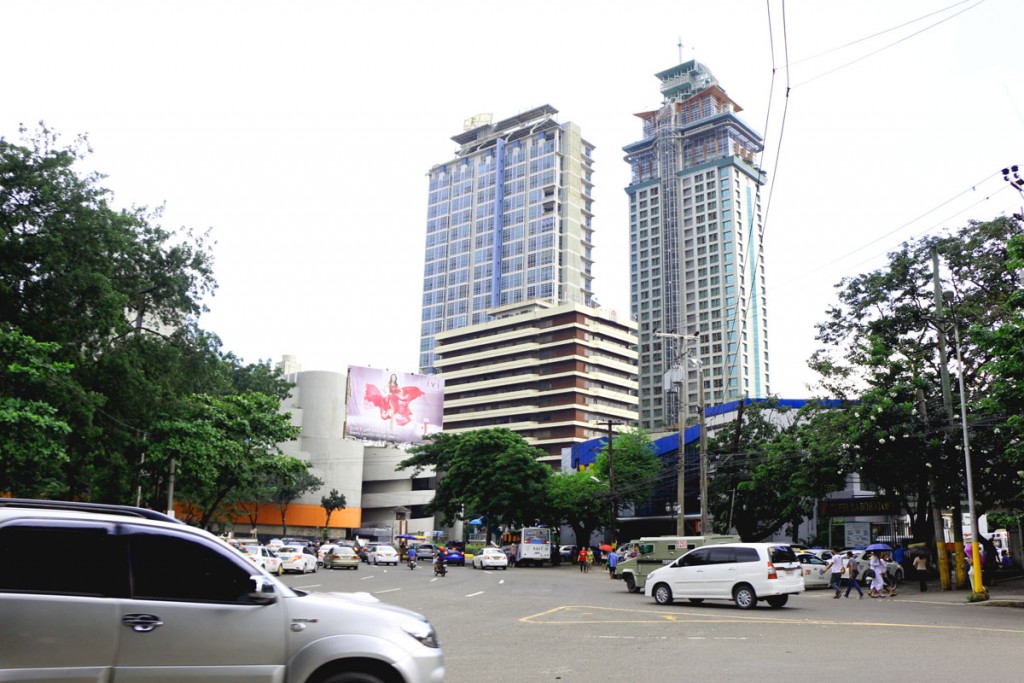Cebu is a province in the Philippines consisting of the Cebu Island and many other surrounding islands. Its name’s derivation has many alternative interpretation but according to history, it was derived from the word “Sibu” which means “trade”. During the reign of Rajah Humabon, the island has since become an important trading center where various products are being bartered like agricultural products, precious stones, perfumes, etc. Its harbors has become known vernacularly as “Sinibuayng Hingpit” which means “the place for trading” which later was shortened to sibu or sibo (“to trade”) from which the modern name “Cebu” came from.
It is known to be a fishing village before the Spaniards came but became industrialized through the years. It is now one of the most developed provinces in the Philippines, with Cebu City as the center of commerce and industry.

This is Cebu Map – Located in the Visayan area.
Cebu City, the capital of Cebu, is considered to be the oldest city in the Philippines. It is also known as the oldest settlement established by the Spaniards in the country.

The picture is Ferdinand Magellan it was captured from the Fort San Pedro.
Found in the island are rich traces of the Philippine history left by mostly the Spaniards. Among these historical sites are the Magellan’s Cross found in downtown Cebu (a Christian cross planted by the Portuguese and Spanish explorers as ordered by Ferdinand Magellan upon arriving in Cebu on April 1521), the Lapu-Lapu Shrine (a 20-meter statue found in Mactan erected in honor of Datu Lapu-Lapu, a native leader who instituted the death of Magellan), the Colon Street (the oldest and the shortest national road in the Philippines), the Fort San Pedro (the oldest military defence structure built by the Spanish and indigenous Cebuano labourers under the command of Miguel Lopez de Legazpi), etc.

This picture was captured before the Covid 19 took place.
Through the years, Cebu became more and more industrialized. The rise of big companies, the trend of technology, and the innovation by the people make Cebu very progressive. Cebu is now the home for many BPOs and small to very large companies that contribute to the progression of the whole island especially Cebu City.
Today, when one speaks of Cebu, it means relaxation, luxury, pleasure, and fun, all in one island. For in Cebu, everything is at stake: beautiful resorts, luxury and budget hotels, breathtaking mountains, amazing fun activities, myriad choice of luscious restaurants, and a lot more.
Cebu Languages or Dialects
The main spoken local language in Cebu is Cebuano. Cebuano language is formally called Bisaya because it is used by visayan ethnoliguistic group or the natives in the nearby islands of Cebu. This languages was also used in the coastal areas of Northern Mindanao. Cebuano is an English term for Visaya and it is an Austronesian language.
Cebu Culture and Traditions
The culture of Cebu is diverse. The culture in Cebu are unique because of its people and how they were civilized. The natives mostly are based on the Malayan culture and tradition. While the Chinese who migrated and traded in this island introduced Buddhism. In 1521 the Spaniard started christianity, where many local are converted to Christian belief. After the Spanish – American war, the Americans added a western traditions and culture to the locals.
